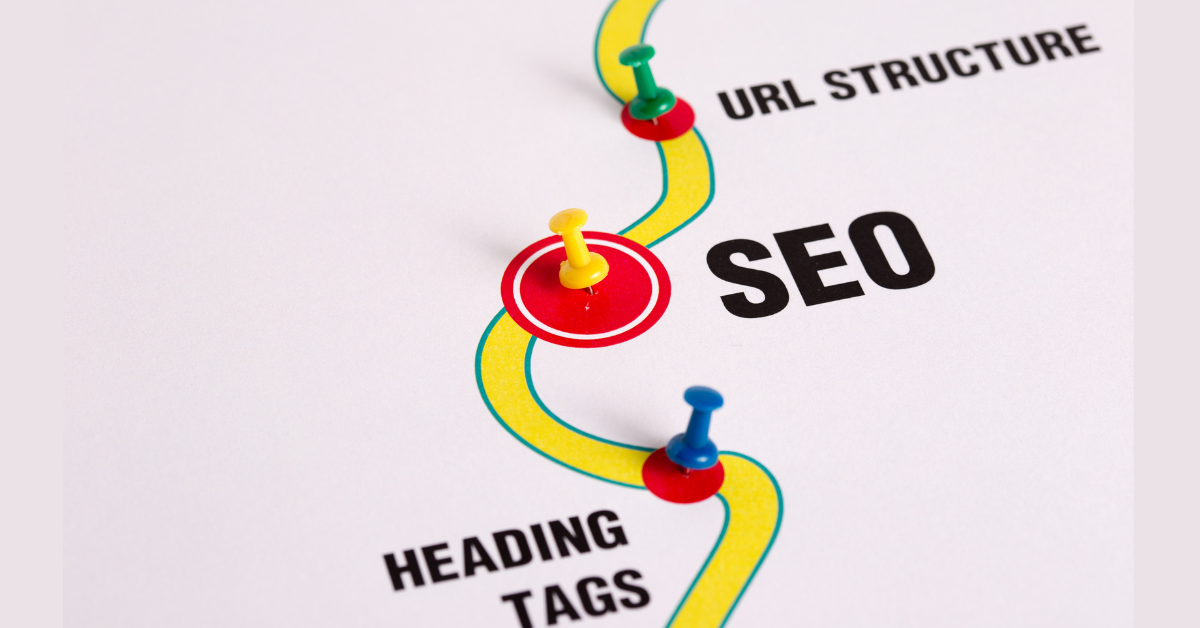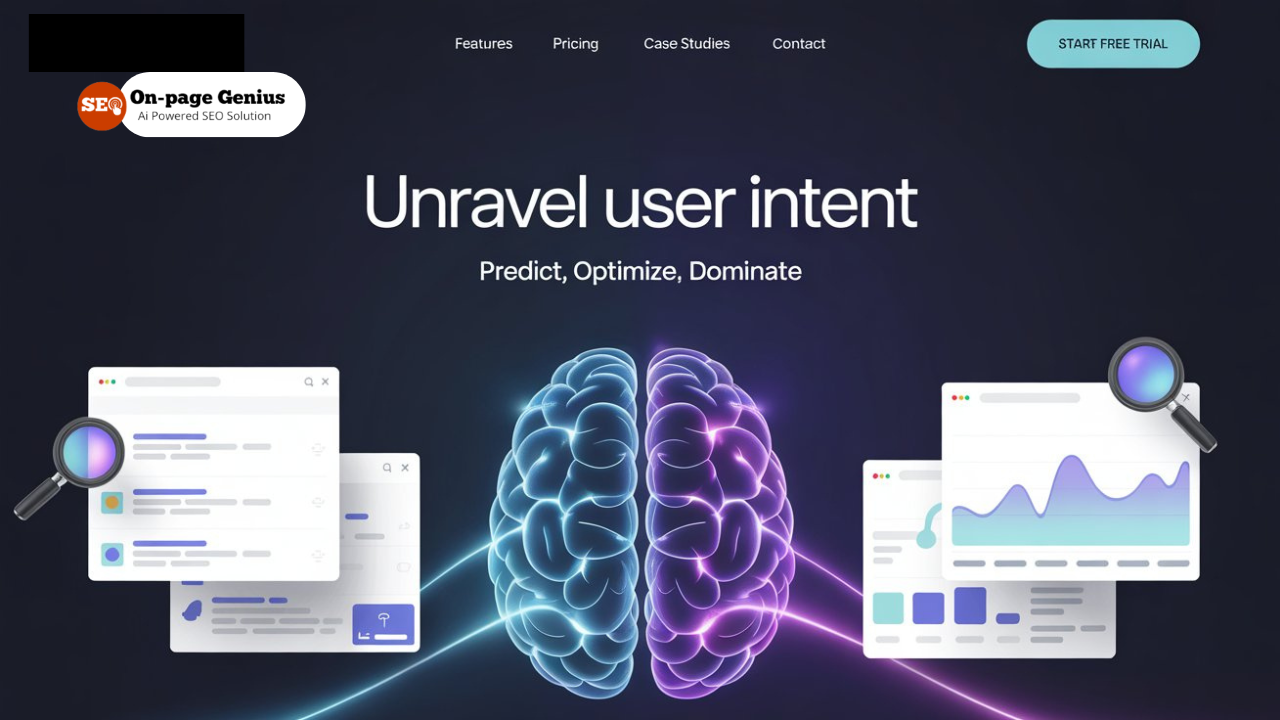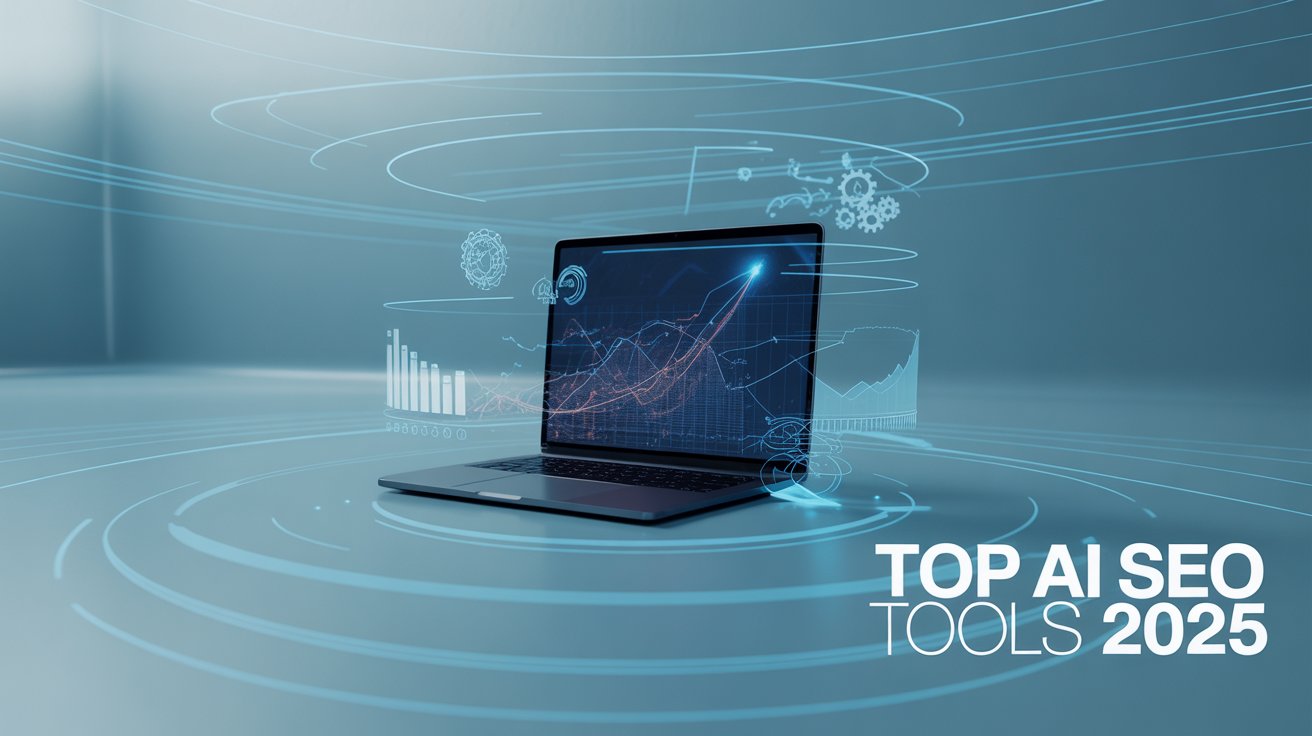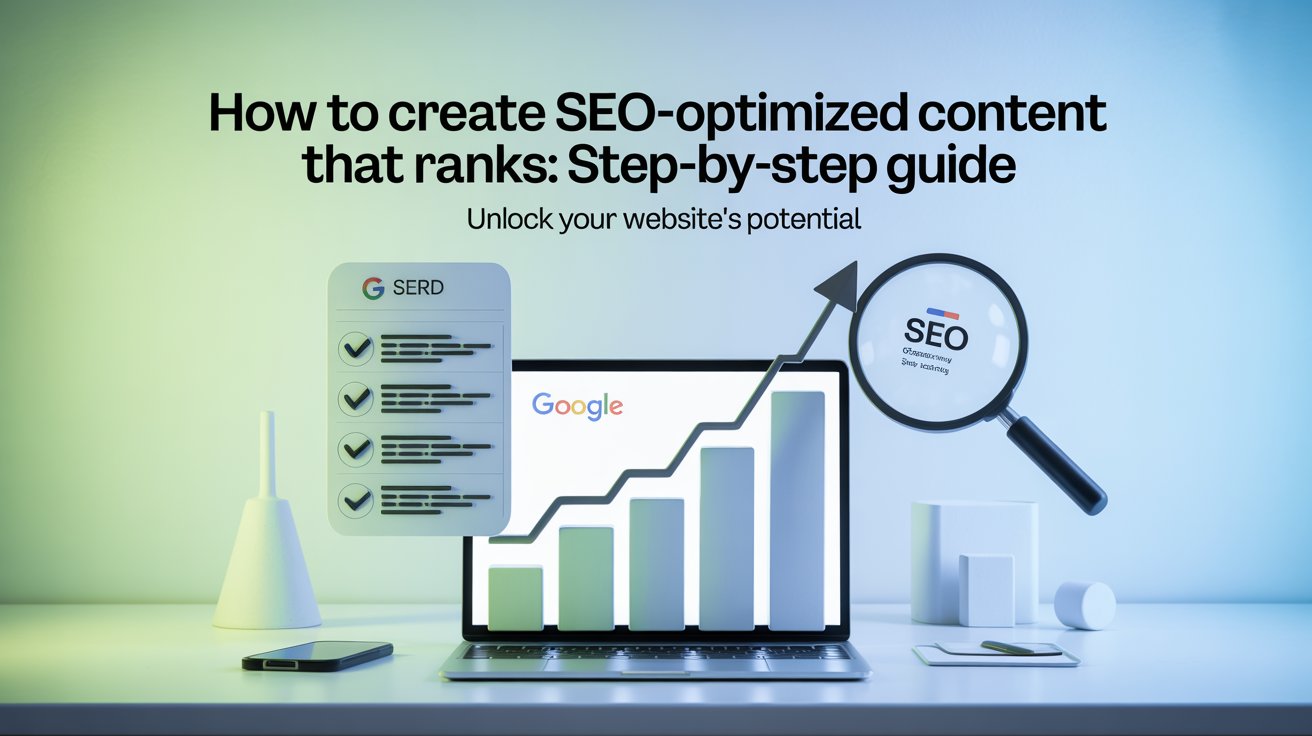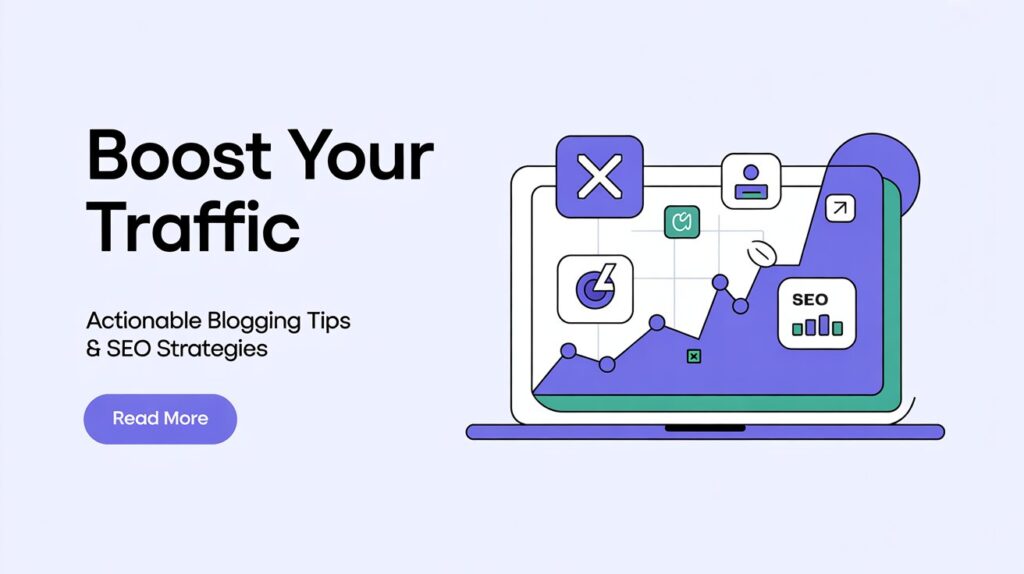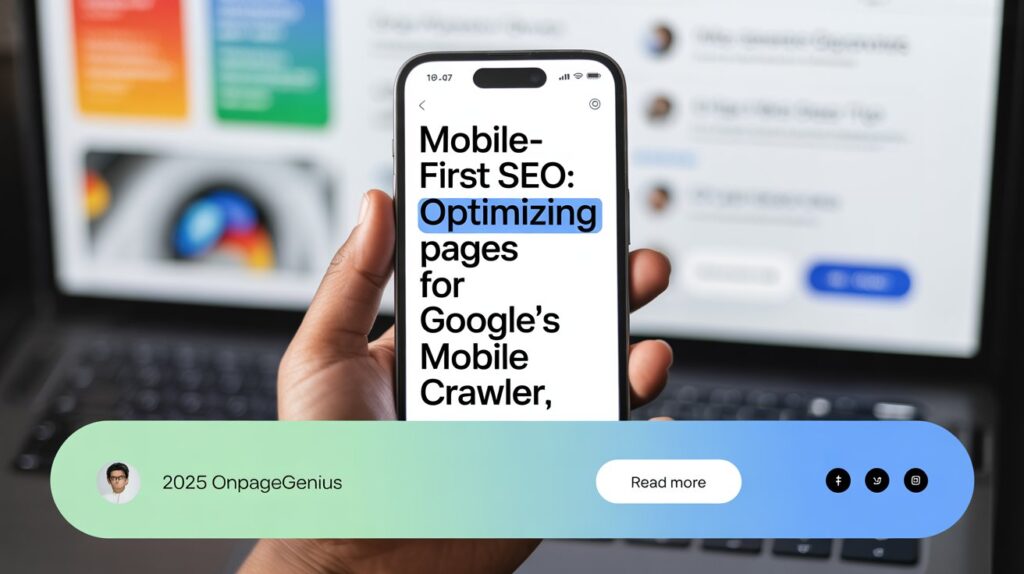Top 10 On-Page SEO Techniques That Still Work in 2025
In the fast-evolving world of digital marketing, SEO trends come and go. However, some on-page SEO techniques remain evergreen and continue to deliver results year after year. As we step into 2025, it’s essential to revisit and refine these proven strategies to ensure your website stays visible and competitive in search engine rankings.
In this article, we’ll cover the top 10 on-page SEO techniques that still work in 2025 and how you can use them to boost your website traffic.
Quick List: 10 On-Page SEO Techniques That Still Work in 2025
- Optimize Title Tags with Target Keywords
- Write Compelling Meta Descriptions
- Use Header Tags (H1, H2, H3) Strategically
- Optimize URL Structure
- Improve Page Loading Speed
- Mobile-Friendly & Responsive Design
- Use Internal Linking Strategically
- Optimize Images with Alt Text
- Focus on High-Quality, E-A-T Content
- Implement Schema Markup (Structured Data)
1. Optimize Title Tags with Target Keywords
Your title tag is one of the most critical on-page SEO elements. Ensure each page has a unique, descriptive title that includes your primary keyword naturally. In 2025, Google’s algorithms still prioritize well-optimized title tags for understanding page relevance.
Pro Tip: Keep title tags under 60 characters and place the main keyword near the beginning.
2. Write Compelling Meta Descriptions
While meta descriptions don’t directly impact rankings, they influence click-through rates (CTR). A well-written meta description encourages users to visit your site from search results.
Pro Tip: Write clear, persuasive meta descriptions (150-160 characters) that summarize your page’s content and include relevant keywords.
3. Use Header Tags (H1, H2, H3) Strategically
Proper use of header tags improves content structure and helps search engines understand your page hierarchy. Use only one H1 tag per page and organize content with H2, H3, etc.
Pro Tip: Incorporate secondary keywords in subheadings to capture additional search intent.
4. Optimize URL Structure
SEO-friendly URLs are short, descriptive, and include target keywords. Avoid dynamic URLs with unnecessary parameters and focus on clean, readable URLs.
Pro Tip: Example of an SEO-friendly URL: Keep URLs short, descriptive, and include your primary keyword. Avoid unnecessary words or numbers.
5. Improve Page Loading Speed
With Google’s Core Web Vitals still a ranking factor in 2025, fast-loading pages are crucial for both SEO and user experience. Optimize images, leverage browser caching, and minimize code bloat.
Pro Tip: Aim for a page load time of under 2.5 seconds for optimal performance.
6. Mobile-Friendly & Responsive Design
Mobile-first indexing is the norm. Ensure your website is fully responsive and delivers a seamless experience across all devices.
Pro Tip: Use Google’s Mobile-Friendly Test to check and fix mobile usability issues.
7. Use Internal Linking Strategically
Internal links distribute link equity and guide users to related content, improving crawlability and site structure.
Pro Tip: Use descriptive anchor text for internal links to enhance relevance and improve user engagement.
8. Optimize Images with Alt Text
Images play a vital role in SEO, especially with the rise of visual search. Always add descriptive alt text to images to help search engines understand their context.
Pro Tip: Compress images without losing quality to maintain page speed.
9. Focus on High-Quality, E-A-T Content
Content that demonstrates Expertise, Authoritativeness, and Trustworthiness (E-A-T) remains a strong ranking factor. Publish well-researched, original, and valuable content that satisfies user intent.
Pro Tip: Include author bios, credible sources, and data-driven insights to strengthen E-A-T signals.
10. Implement Schema Markup (Structured Data)
Schema markup helps search engines understand your content better and enhances your listings with rich snippets (stars, FAQs, etc.).
Pro Tip: Use schema types like Article, Product, FAQ, BreadcrumbList, and LocalBusiness to improve visibility in SERPs.
Conclusion
While SEO trends evolve, these on-page SEO techniques continue to be fundamental for online success in 2025. By consistently applying these strategies, you can improve your site’s visibility, user experience, and organic traffic.
Remember, SEO is a long-term game. Focus on delivering value, optimizing for users, and staying updated with Google’s latest guidelines.
FAQs
Q1: Are keywords still important for on-page SEO in 2025?
Yes, but focus on semantic search and user intent rather than keyword stuffing.
Q2: How often should I update my on-page SEO?
Regularly audit your site every 3-6 months and update content as needed.
Q3: Is AI-generated content good for on-page SEO?
Yes, if it provides genuine value and meets Google’s quality standards.


